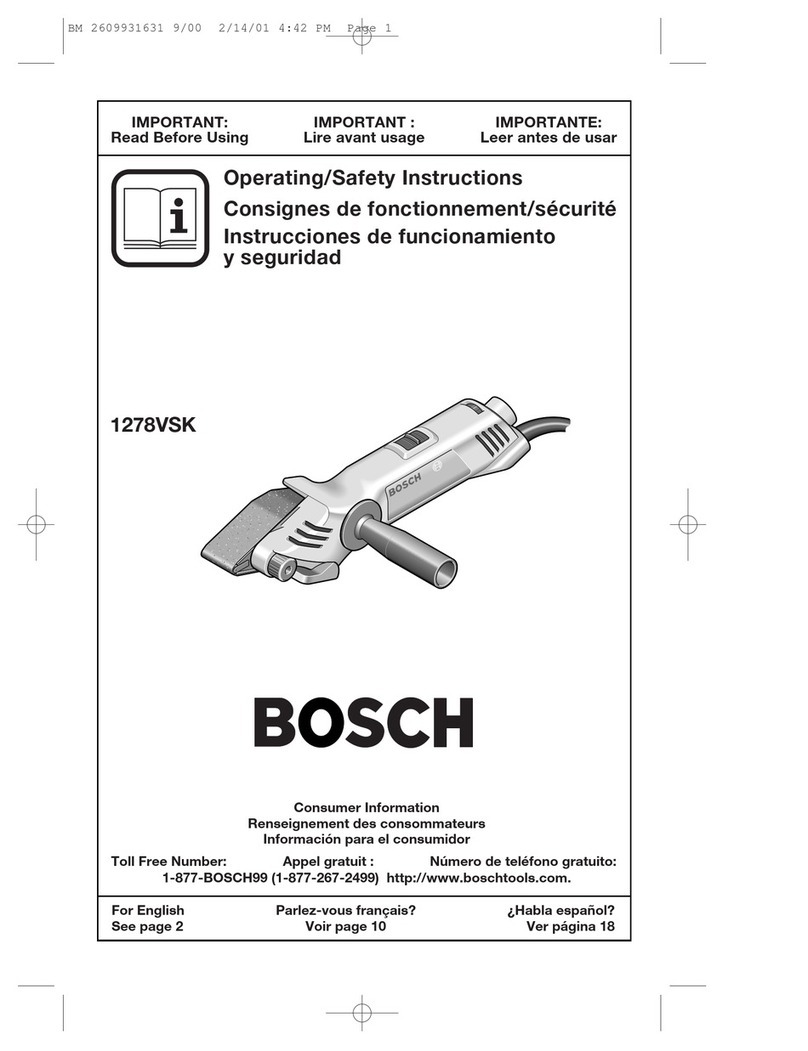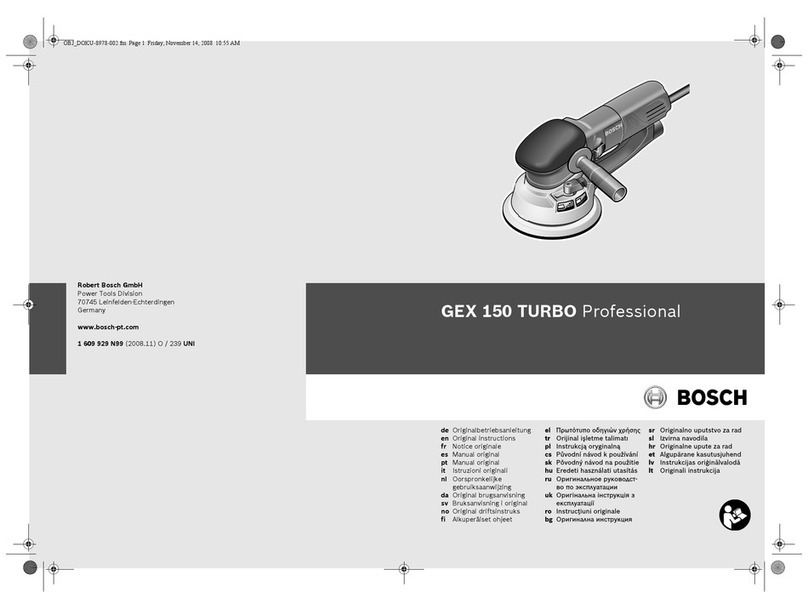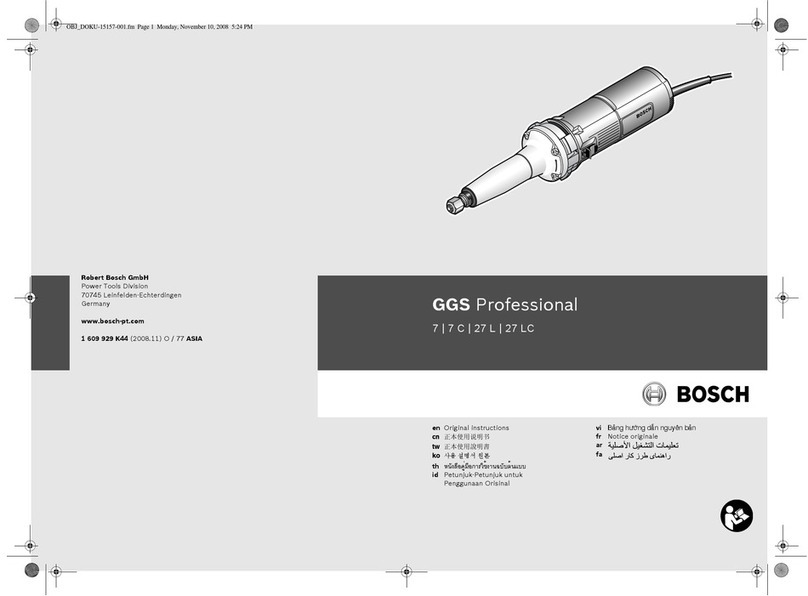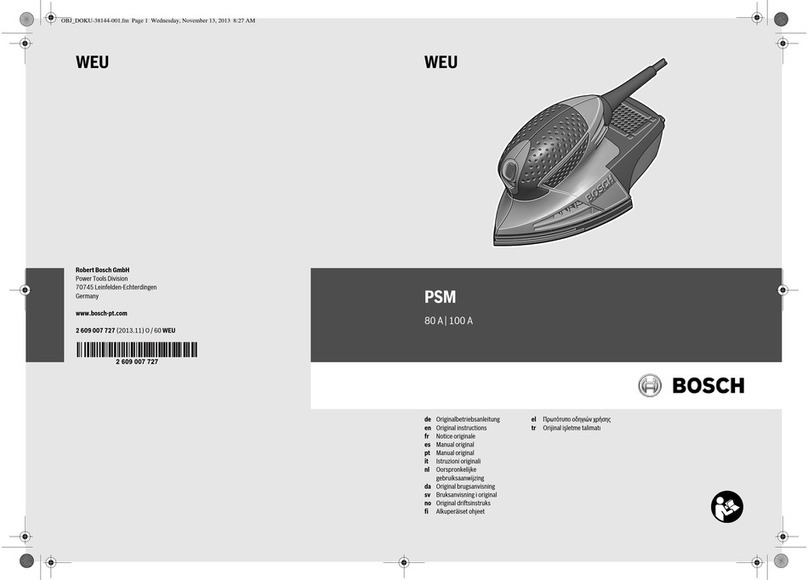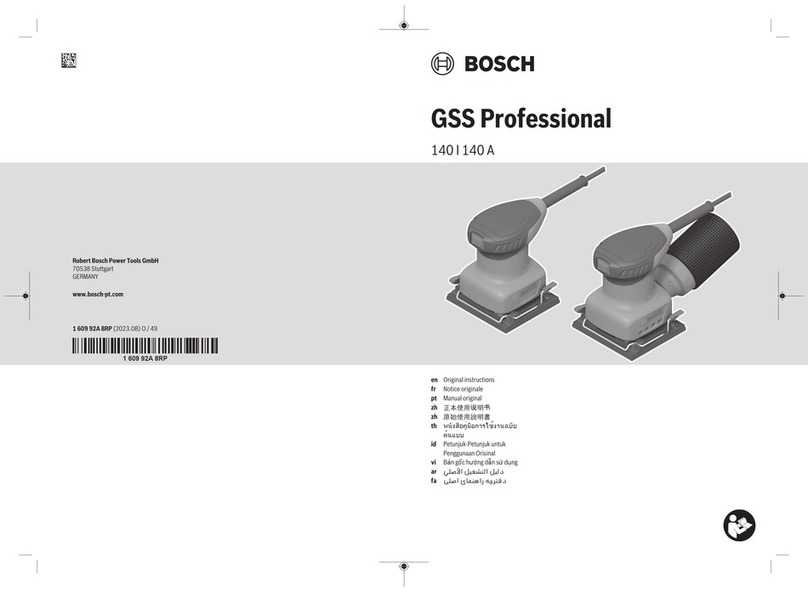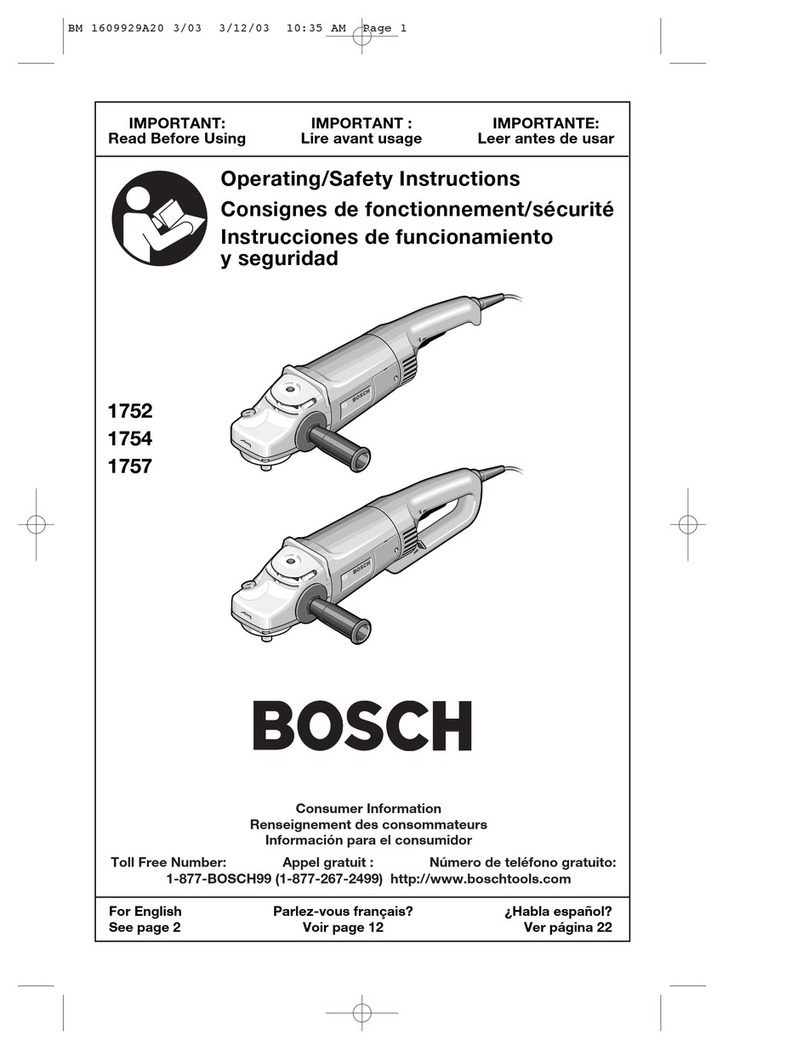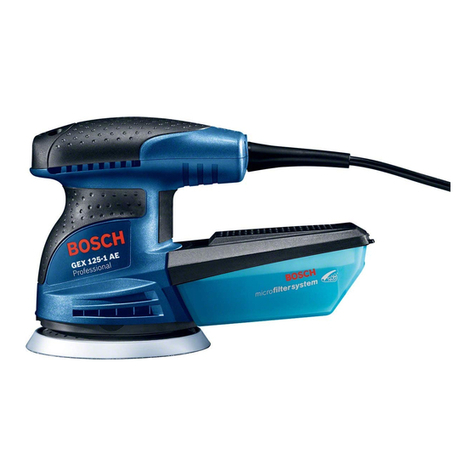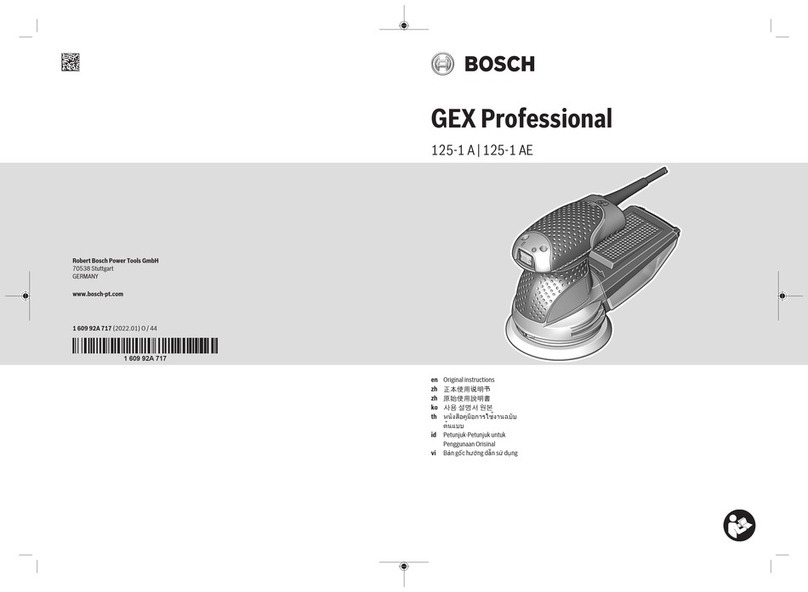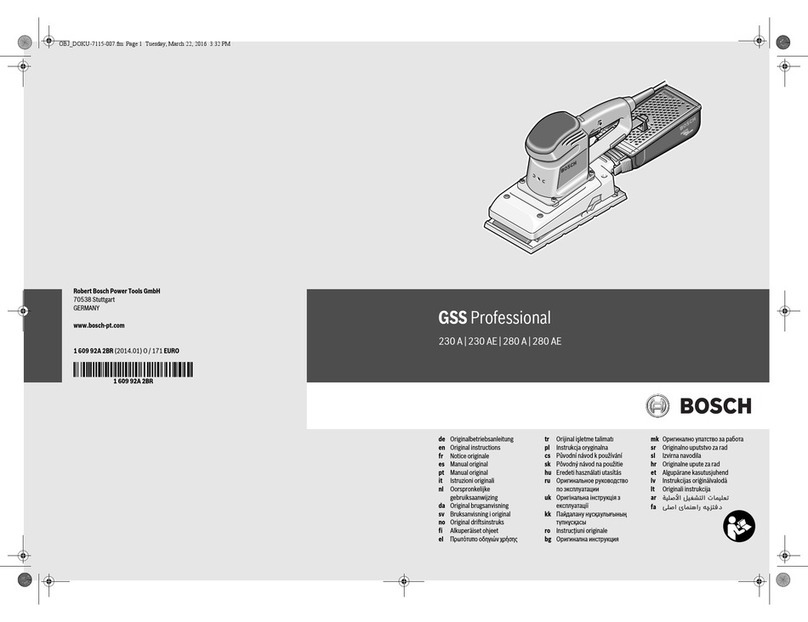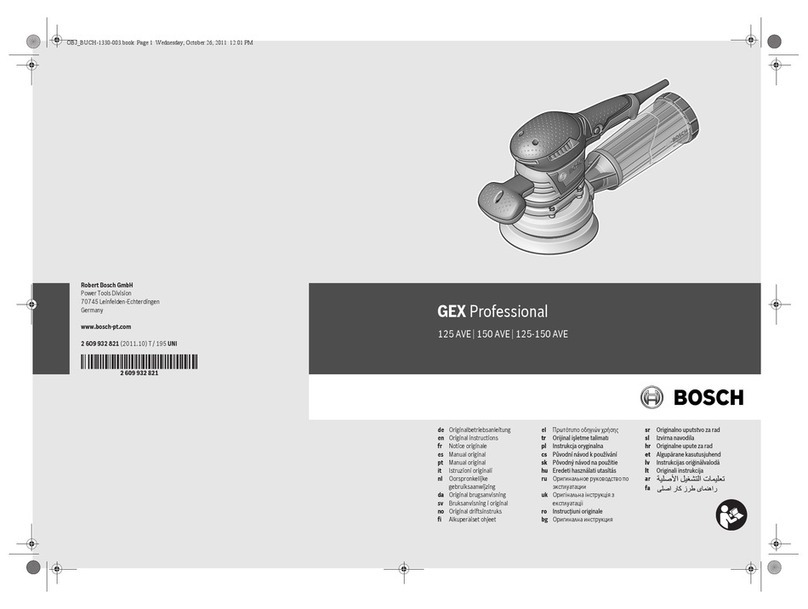
3Bosch Rexroth AG
TS 1
3 842 521 456 (1999.05)
DE
EN
FR
IT
ES
PT
Sicherheitshinweise!
Safety instructions!
Conseils de sécurité !
Installation, initial operation, maintenance
and repair work may only be carried out
in accordance with the relevant safety
instructions and regulations and only by
qualified and specially trained personnel!
All electrical connections must be
made in accordance with the applicable
national regulations. For Germany this
is: regulation VDE 0100 of the German
Association of Electricians (VDE)!
Always disconnect the energy supply
(main switch, pressure relief valve, etc.)
prior to any maintenance or repair work!
Precautions should be taken to prevent
inadvertent power restoration, such as
placing a suitable warning sign at the
main switch, e.g. “Maintenance work in
progress” or “Repair work in progress”!
Liability:
In no event can the manufacturer accept
warranty claims or liability claims for
damages arising from improper use of
the appliance or from intervention in the
appliance other than that described in
this instruction manual.
Exclusion of warranty:
The manufacturer can accept no
warranty claims if non-original spare
parts have been used!
TS 1 spare parts list no.: 3 842 521 701
Environmental protection:
Observe the safety and disposal
instructions from the manufacturer when
working with solvents. Always dispose
of damaged parts in the correct manner
when replacement work is complete!
L’installation, la mise en service, la
maintenance et les réparations ne
peuvent être effectuées que par des
personnes agréées et compétentes et
en respectant les conseils de sécurité !
Les branchements électriques doivent
être conformes à la réglementation
nationale. Pour l’Allemagne : norme VDE,
VDE 0100 !
Avant d’effectuer des réparations ou
des travaux de maintenance, couper
l’alimentation en énergie (interrupteur
principal, mano-détendeur etc.) !
D’autre part, prendre toutes les mesures
nécessaires pour éviter une remise en
marche accidentelle, en apposant par
exemple près de l’interrupteur principal
un panneau d’avertissement « travaux de
maintenance », « réparations »
etc. !
Responsabilité :
Le fabricant décline toute responsabilité
et exclut toute réclamation concernant
les dommages dus à une utilisation non
conforme ou suite à des modifications
effectuées sans autorisation et non
prévues ci-contre.
Exclusion de garantie :
En cas de non-utilisation des pièces
détachées d’origine, le constructeur
exclut toute responsabilité !
N° de référence de la liste des pièces
détachées TS 1 : 3 842 521 701
Protection de l’environnement :
Respecter les consignes de sécurité et
d’élimination des déchets du fabriquant
pour tous les travaux nécessitant
l’utilisation de solvants !
Veiller à ce que les pièces
endommagées remplacées soient
éliminées conformément aux
réglementations en vigueur !
Die Installation, Inbetriebnahme, War-
tung und Instandsetzung, darf nur unter
Berücksichtigung aller Sicherheitshin-
weise und -Vorschriften und nur durch
geschultes, eingewiesenes Fachperso-
nal durchgeführt werden!
Elektrische Anschlüsse nach der ent-
sprechenden nationalen Vorschrift. Für
Deutschland: VDE-Vorschrift VDE 0100!
Vor allen Instandsetzungs-, und War-
tungsarbeiten sind die Energiezuführun-
gen (Hauptschalter, Druckminderventil
etc.) abzuschalten!
Außerdem sind Massnahmen erforder-
lich, um ein unbeabsichtigtes Wiederein-
schalten zu verhindern, z. B. am Haupt-
schalter ein entsprechendes Warnschild
“Wartungsarbeiten”, “Instandsetzungsar-
beiten” etc. anbringen!
Haftung:
Bei Schäden, die aus nicht bestim-
mungsgemäßer Verwendung und aus
eigenmächtigen, in dieser Anleitung
nicht vorgesehenen Eingriffen entstehen,
erlischt jeglicher Gewährleistungs- und
Haftungsanspruch gegenüber dem
Hersteller.
Garantieausschluss:
Bei Nichtverwendung von
Originalersatzteilen erlischt der
Garantieanspruch!
TS 1-Ersatzteilliste-Nr.: 3 842 521 701
Umweltschutz:
Bei Arbeiten mit Lösemitteln Sicher-
heits- und Entsorgungsvorschriften des
Herstellers achten!
Beim Austausch von Schadteilen ist auf
eine sachgerechte Entsorgung achten!
